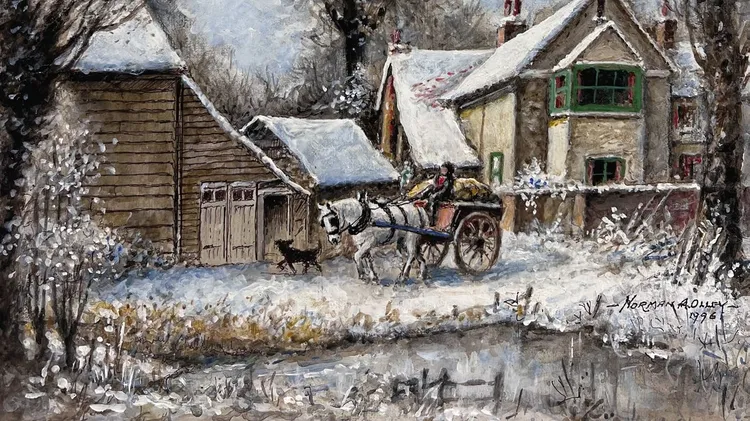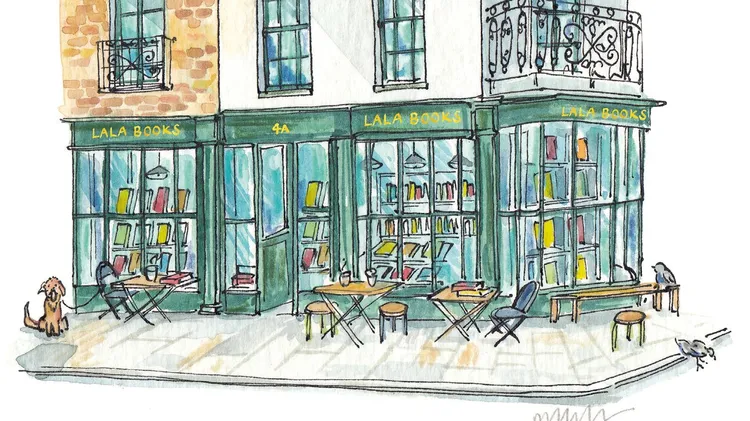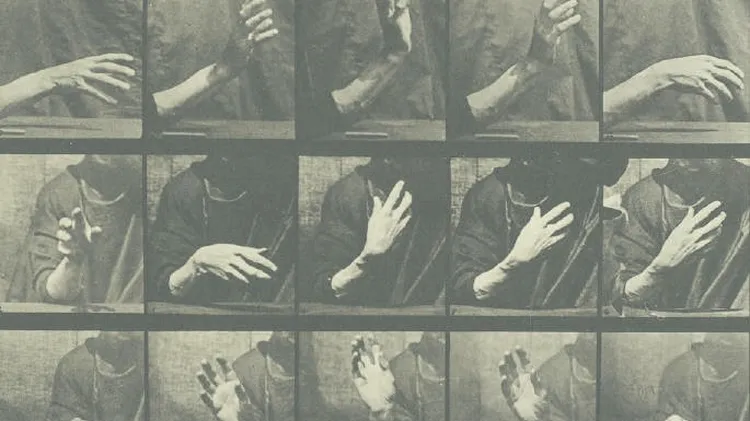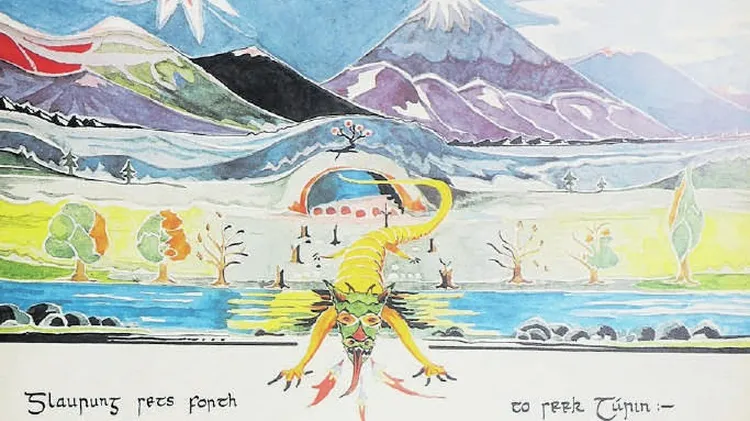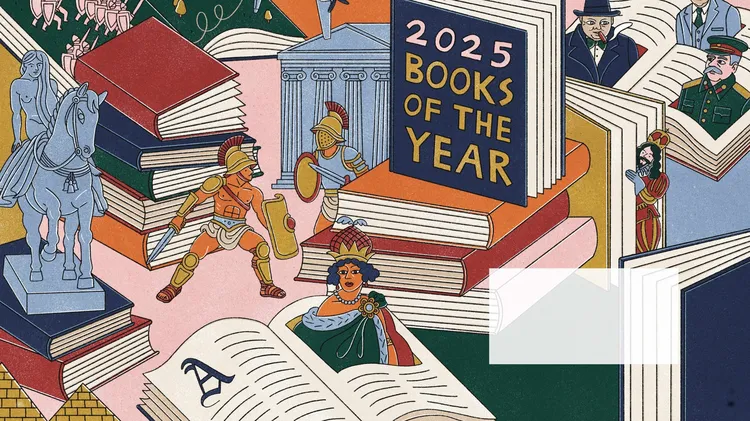The Bloomsbury Group transformed British culture in the early 20th century ��
The new radicals
10 min read
This article is from...
Read this article and 8000+ more magazines and newspapers on Readly

